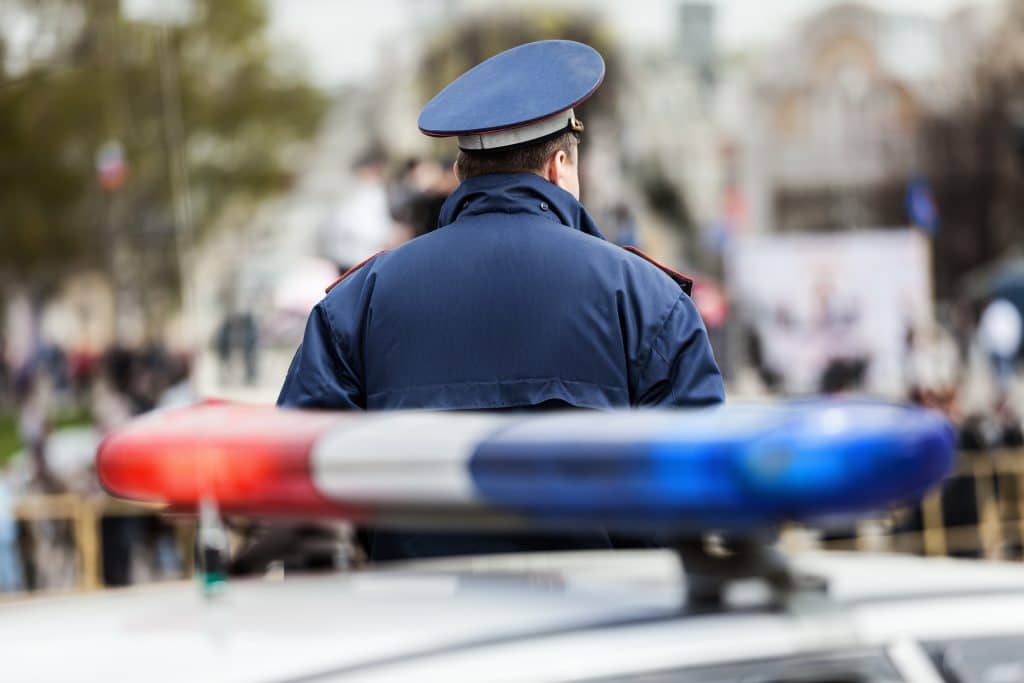Active Shooter Mitigation: Preparation and Facility Design
Produced in collaboration by Francisco Chacon (assistant director, Driscoll Student Center at the University of Denver) and Randall Knight (senior design architect at MHTN Architects) as part of the ACUI Campus Safety Dialogue Team initiative.
Active shooter situations occur too frequently in the United States and have devastating consequences on victims, their families and friends, survivors, and local community members. Preventing these events can sometimes seem impossible, but student union managers and designers can take positive action by looking for operational procedures and design characteristics that lessen the negative impacts of crisis situations and can prevent these tragic occurrences altogether.
Active Shooter Defined
An active shooter is defined as “an individual actively engaged in killing or attempting to kill people in a confined and populated area.” In most cases, active shooters use firearms and there is no pattern or method to their selection of victims.
Creating a Caring Campus Community
A long-term approach to creating lasting impact on campus begins with the development of a campus philosophy that fosters a respectful and caring campus community.
Institutions must be intentional about developing early detection and prevention systems that engage the entire community. These programs must focus on educating and encouraging individuals to identify “at-risk” behaviors and to be actively involved in building campus climate where there is a “place” for all campus community members and systems that help pull individuals who are isolated or marginalized into the community. An example of such a program could include a cross-disciplinary team of campus administrators in areas of student conduct, health and counseling, campus safety, health education, support services, etc. who meet regularly to address issues and concerns and form an early detection system for members of the campus community who might be escalating violent or other at-risk behaviors.

Prepare for the Worst — Run, Hide, Fight
Higher education emergency action plans should include regular training and drills to prepare and educate the community for the worst. During an active shooter situation, the natural human reaction is to be startled, feel fear and anxiety, and even experience initial disbelief and denial. No single response fits all active shooter situations; however, making sure each individual knows their options for response will promote decisive reaction, thus saving valuable time. Depicting scenarios and considering response options in advance will help individuals to regain composure in an emergency situation and commit to necessary action.
In an active shooter situation, individuals have three basic options to improve chances of surviving the incident: run, hide, or fight. If running away is a safe option, it should be the first course of action. If there is no choice but to hide, it is important to secure the hiding space to deny the shooter access and silence phones or any other devices while at the same time preparing to confront the shooter. If neither running nor hiding is a safe option, individuals in immediate danger who encounter a shooter directly must take decisive action to disrupt or incapacitate the shooter by using aggressive force and items in their environment, such as fire extinguishers, chairs, etc. to improve chances of survival and protect others from harm.
Designing Safe Facilities
In addition to training and awareness strategies, many preventative design principles can help facilities effectively discourage or ameliorate crisis events. While the desire to shield and protect occupants is natural, student center design should seek balance in maintaining openness and visibility, characteristics essential a successful environment. Every newly designed building or renovation project should carefully consider the following recommendations.
Enable Your Entries
Building entries should be positioned for high visibility and integration within the campus circulation paths. Hidden or secondary entries should be avoided where possible. Glass doors and windows allow approaching persons to be more easily seen, and ample lighting inside and outside supports clarity into the evening and dark of night. Locating staffed functions (i.e., information desk, retail operations, student programs) near entries helps signify control and surveillance while also encouraging earlier response to an impending crisis.
Strive for Openness, Don’t Clam Up
Student unions should strive for open floor plans to promote view corridors across public spaces. Clear wayfinding depends on easily understood circulation paths and rational interior layouts. Exit pathways must be intuitively located and reasonable routes to at least two exits possible from all locations. Opening the building as broadly as possible to exterior views helps encourage natural visual monitoring. The goal is to see and be seen. Even staff locations should be prominent throughout the facility and readily visible from main circulation paths. Finally, eliminate low visibility and hidden spaces to discourage lurking.
Think Ahead
Assist first responders by displaying building floor plans at entries. Digital displays may go dark in an emergency, so consider analog options that can be regularly updated. Design for adequate quick-access storage where crisis kits and emergency supplies can be safely reached. For those instances when flight is not possible, safe havens should be incorporated throughout the facility to allow people to shelter in place, and don’t forget to train staff on access and control of these rooms which need communication devices, limited interior windows, and solid doors that lock from the inside. Zone the interior to limit broad access to the facility during late-night or low-staff periods and keep extended-hours hangouts near the exterior perimeter.
Trick It Out
Enable technology to support your strategic planning. During a crisis event, building automation systems control and limit access to certain zones or perimeter entries to prevent the spread of harm. Smart cameras not only detect motion, but can now be quickly programmed for facial or object recognition to immediately sound the alarm. Well-placed emergency call buttons in key public areas supplement these digital eyes. Emergency notification systems link alarms with messaging via interior and exterior public address systems while simultaneously broadcasting email and text warnings to the campus community.

